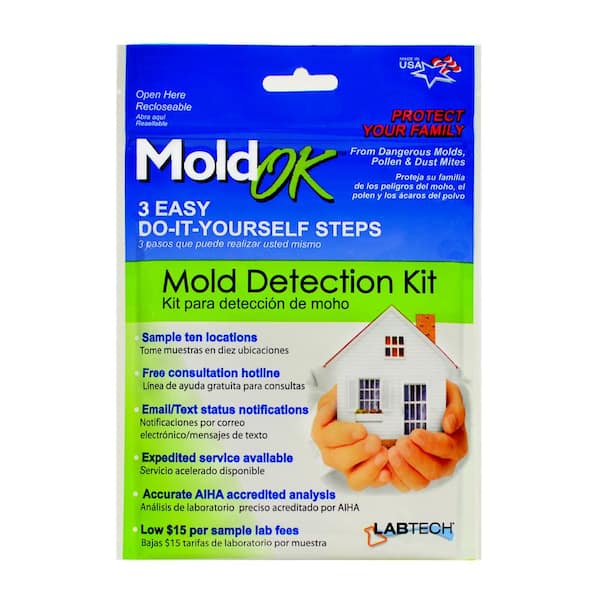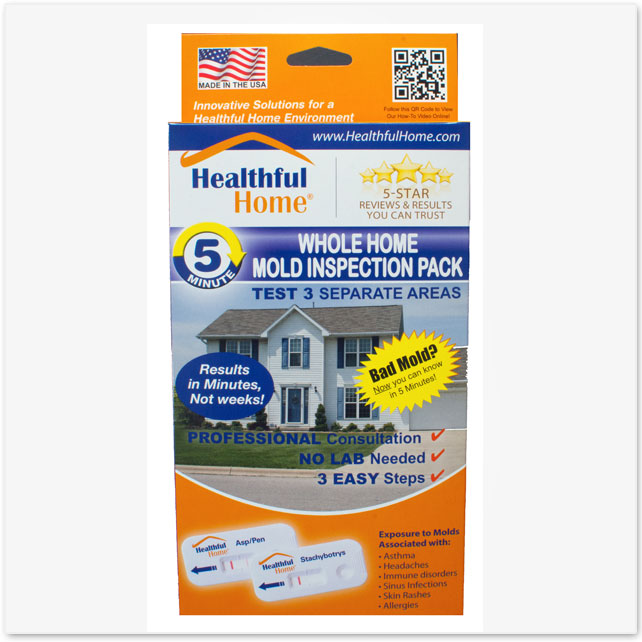Optimize Your Conformity with Trusted Mycotoxin testing Services Solutions
Optimize Your Conformity with Trusted Mycotoxin testing Services Solutions
Blog Article
Ensuring Conformity With Rules: the Role of Mycotoxin Checking in Quality Assurance
Making certain compliance with stringent laws is paramount for preserving food safety and security, and the function of mycotoxin screening in quality control can not be overstated. Mycotoxins, poisonous compounds created by certain mold and mildews, pose substantial health and wellness threats, making their discovery crucial in food manufacturing.
Understanding Mycotoxins
Comprehending mycotoxins is fundamental to making sure the top quality and safety and security of farming items. The most notorious mycotoxins include aflatoxins, trichothecenes, fumonisins, and ochratoxins, each linked with certain fungal types and environmental problems.
The existence of mycotoxins in food items can lead to chronic and severe health and wellness issues, including liver damages, immune suppression, and carcinogenic impacts. By recognizing the resources, types, and effects of mycotoxins, stakeholders in the farming sector can better execute preventative actions and reduce threats, making certain much safer intake for end-users.
Governing Criteria for Mycotoxins
Having established a fundamental understanding of mycotoxins and their effect on food security, it is crucial to examine the regulative requirements governing their existence in farming items. Governing standards for mycotoxins are crucial since they specify permissible restrictions, guaranteeing food safety and security and shielding public wellness. Different worldwide and national agencies have established these restrictions based upon thorough threat evaluations.
The Codex Alimentarius Compensation, a worldwide body established by the FAO and WHO, offers guidelines and maximum permitted degrees for various mycotoxins in food and feed. The Codex has set restrictions for aflatoxins in peanuts, maize, and dried out figs, among other assets. These criteria are commonly taken on or adapted by private countries to fit their details demands.
In the European Union, Guideline (EC) No 1881/2006 stipulates optimum levels for several mycotoxins, such as aflatoxins, ochratoxin A, and deoxynivalenol, in numerous food. Similarly, the United State Food and Medication Administration (FDA) has developed action levels for mycotoxins like aflatoxins in assets such as grains and nuts.
Adherence to these regulative criteria is critical for preserving market access, customer trust, and public health and wellness. Non-compliance can lead to considerable financial losses and health threats, highlighting the importance of rigid mycotoxin testing methods.
Evaluating Methods and Technologies

ELISA is widely appreciated for its rapid and economical testing capacities, making it perfect for high-throughput atmospheres. It counts on antibodies to detect specific mycotoxins, providing cause a reasonably short time framework. Its level of sensitivity may be limited compared to a lot more sophisticated methods.
HPLC, on the various other hand, masters providing quantitative analysis with high accuracy and accuracy. It divides complicated blends into specific components, making it extremely efficient for recognizing and evaluating numerous mycotoxins concurrently - Mycotoxin testing Services. This technique, while extra time-consuming and resource-intensive than ELISA, supplies a greater degree of integrity

LC-MS stands for the click here for more peak of analytical specificity and sensitivity. Combining the separation power of liquid chromatography with weblink the discovery capacities of mass spectrometry, LC-MS can detect also trace degrees of mycotoxins. This approach is vital for validating the existence of mycotoxins in forensic and regulatory contexts, ensuring conformity with rigorous safety and security criteria.
Carrying Out Testing Procedures

Including these innovative testing techniques right into an extensive high quality control framework necessitates a well-structured approach to implementing screening protocols. To achieve this, companies have to first carry out a detailed threat assessment to recognize prospective mycotoxin contamination points within the supply chain. This analysis informs the development of a tailored testing approach that addresses certain vulnerabilities.
Next, developing standardized tasting treatments is essential. Constant sampling ensures that examination outcomes are trustworthy and rep of the entire set (Mycotoxin testing Services). Abiding by guidelines from regulative bodies, such as the FDA or EFSA, assists keep conformity and boosts the reputation of the screening procedure
Educating personnel is one more pivotal part. Staff has to excel in both sample collection and the operation of testing devices. Normal training sessions and qualification programs can ensure that team participants remain updated with the latest methods and regulative changes.
Benefits of Mycotoxin Testing
Mycotoxin screening provides countless advantages that dramatically improve the safety and security and high quality of food and feed items. Primarily, it acts as a critical control action to avoid contaminated goods from reaching the customer market, thereby securing public health. By recognizing and quantifying mycotoxins such as ochratoxins, aflatoxins, and fumonisins, producers can make sure that their products fulfill rigid regulatory requirements, therefore avoiding prospective lawful repercussions and linked costs.
Furthermore, mycotoxin screening contributes to the financial feasibility of food and feed sectors by minimizing the danger of large product recalls. The capacity to detect and separate polluted batches early in the manufacturing procedure lowers waste and protects against the monetary losses connected with damaged brand name credibility. Furthermore, it fosters customer count on and loyalty, as customers are progressively knowledgeable about food security problems and demand higher quality standards.
The implementation of routine mycotoxin testing additionally promotes ideal techniques within farming and production industries. By sticking to strenuous screening methods, companies can maximize their quality control procedures, enhance operational performance, and guarantee the regular manufacturing of secure, top notch items. In verdict, the advantages of mycotoxin testing are multifaceted, adding to public health, economic stability, and market stability.
Final Thought
Mycotoxin testing is essential in making sure compliance with regulative standards, consequently preserving food safety and security and quality control. Therefore, mycotoxin testing continues to be an indispensable part of contemporary food security monitoring systems.
Making certain compliance with rigorous policies is critical for preserving food safety and security, and the duty of mycotoxin testing in top quality control can not be overstated.In the realm of visit mycotoxin testing, advanced modern technologies and approaches are pivotal in ensuring food safety and regulatory compliance.Mycotoxin screening uses many advantages that considerably enhance the safety and security and quality of food and feed products.Mycotoxin screening is vital in guaranteeing compliance with regulatory requirements, consequently maintaining food security and top quality control. Therefore, mycotoxin screening remains an indispensable component of contemporary food security management systems.
Report this page